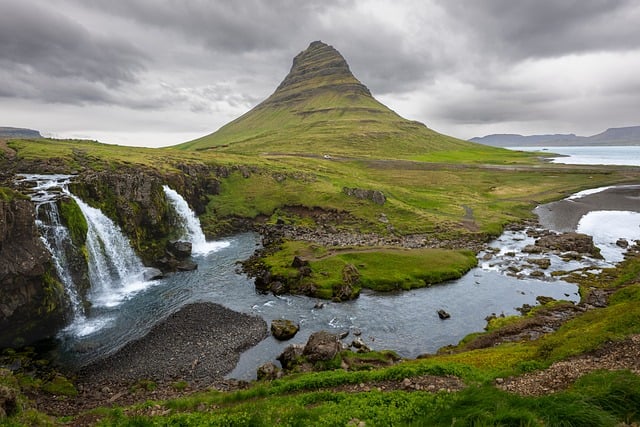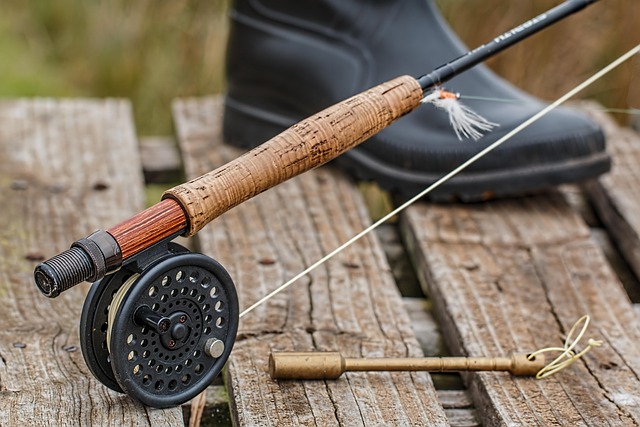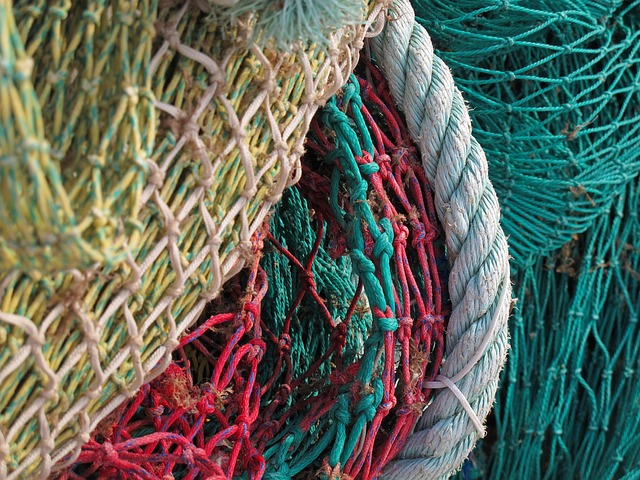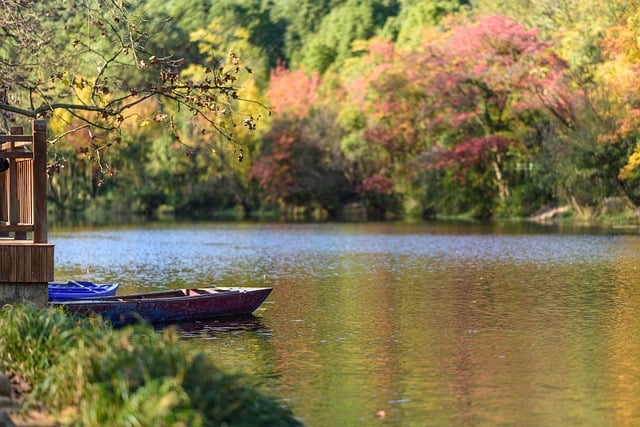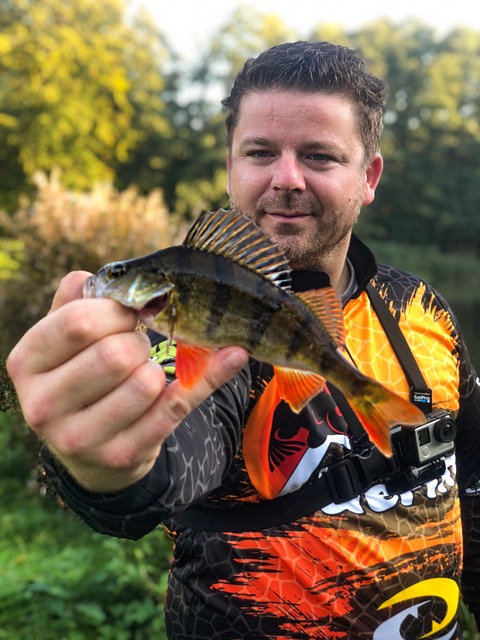Choosing remote fishing holes requires meticulous research, local expertise, and understanding of terrain, fish habitats, and environmental factors. Beginners should master basic casting techniques and interpret water currents while advanced anglers can elevate their game with roll cast and double haul methods. Selecting appropriate gear like rods, lines, and flies tailored to the location is crucial. Reading water conditions and observing other anglers' success rates aid in identifying ideal spots. Seasonal strategies, such as insect activity and water depth changes, also impact successful catches in remote fishing holes.
Unleash your inner angler and explore the art of fly fishing with expert guidance! Whether you’re a novice seeking the basics or an experienced enthusiast looking to refine your skills, this comprehensive guide has you covered. From mastering the cast to selecting the ideal gear, we break down essential techniques for success in remote fishing holes. Discover seasonal strategies, learn to read water conditions, and unlock the secrets to becoming a fly fishing pro.
- Choosing the Right Remote Fishing Holes: Tips from Experts
- Understanding the Basics: Essential Fly Fishing Techniques for Beginners
- Mastering the Cast: Advanced Methods and Practice Drills
- Selecting the Perfect Gear: Rods, Lines, and Flies Explained
- Reading Water Conditions: Identifying Fish-Holding Spots
- Seasonal Strategies: When and Where to Find Success
Choosing the Right Remote Fishing Holes: Tips from Experts
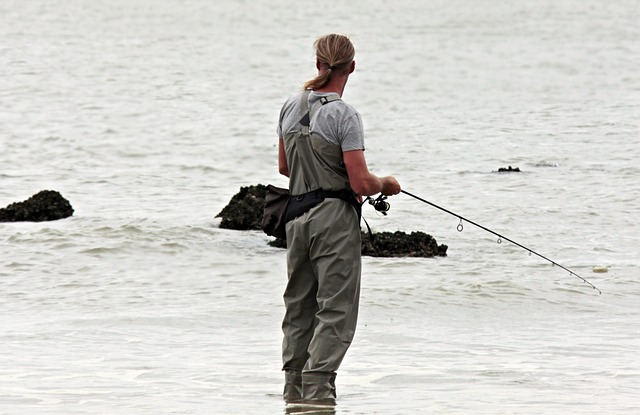
When it comes to choosing the right remote fishing holes, experienced anglers emphasize the importance of thorough research and local knowledge. The first step is to understand the terrain and the specific needs of different fish species. Experts suggest scouting out various bodies of water, considering factors like depth, current, and vegetation—all crucial elements that influence where fish tend to gather. Online maps and local fishing forums can be valuable tools for gathering this information.
Additionally, professionals recommend seeking advice from locals or experienced fishermen who know the area well. They often possess insider knowledge about secret spots or unique characteristics of remote fishing holes not easily found in guidebooks. This wisdom, passed down over generations or among fellow anglers, can significantly enhance your chances of landing a catch, making your fly fishing adventure more rewarding and successful.
Understanding the Basics: Essential Fly Fishing Techniques for Beginners
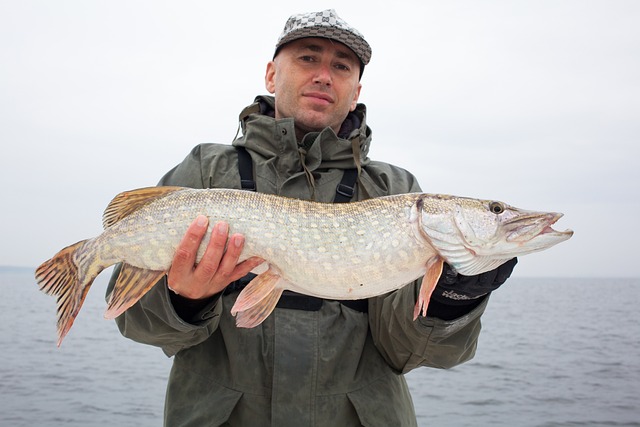
For those new to fly fishing, understanding the basics is key to a rewarding experience. It’s about more than just casting a line; it’s mastering an art that connects you with nature in a unique way. Begin by grasping the fundamental techniques, like proper cast and reel control. Practice these skills until they become second nature, allowing you to focus on the serene beauty of remote fishing holes instead of battling gear.
Learn to read water currents, identify suitable habitats for fish, and choose the right fly patterns tailored to the local species. Patience is paramount; observe how experienced anglers select their equipment and study their approaches. Remember, every cast in a remote fishing hole tells a story, so start with these basics to build a solid foundation for your fly fishing journey.
Mastering the Cast: Advanced Methods and Practice Drills

Mastering the cast is a fundamental skill in fly fishing, and for those seeking to elevate their game, especially when targeting remote fishing holes, advanced methods can significantly improve precision and efficiency. Beyond the basic forward and back motion, fly anglers can employ various casting techniques tailored for different scenarios. For instance, the ‘roll cast’ allows for softer presentations near obstacles or delicate terrain, ensuring a more controlled approach to remote pools or tight spaces. This method involves a unique hand and arm movement, creating a loop that lands the line gently, which is crucial when protecting both the environment and the fish.
Practice drills focused on these advanced casts can transform an angler’s performance. Setting up a training area with cones or markers simulates various obstacles found in remote fishing holes. Anglers can work on their roll cast, side arm cast, or even the more complex ‘double haul’ technique, which enables faster line retrieval and improved casting distance. Regular practice not only refines these skills but also builds muscle memory, ensuring smooth execution when facing the challenges of real-world remote fishing spots.
Selecting the Perfect Gear: Rods, Lines, and Flies Explained
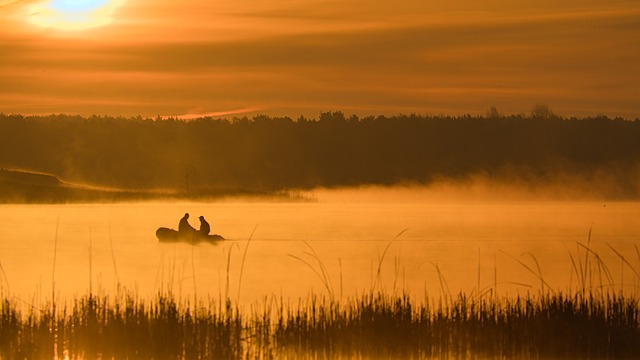
When learning fly fishing techniques from pros, one of the first steps is selecting the perfect gear. This includes choosing the right rod, line, and flies for your desired location—be it remote fishing holes or local streams. Fly rods come in various lengths and flexibility levels, with some designed for casting heavy lines and large flies, while others are better suited for more delicate presentations.
Lines, or leaders, play a crucial role in the casting process, transferring energy from your rod to the fly. Different line materials have distinct properties; for instance, fluorocarbon lines offer invisibility and strength, ideal for remote fishing holes where visibility is key. Flies, the artificial lures, come in an array of styles and sizes, each imitating specific aquatic creatures. Selecting the right fly depends on the habitat, water conditions, and the type of fish you’re targeting.
Reading Water Conditions: Identifying Fish-Holding Spots
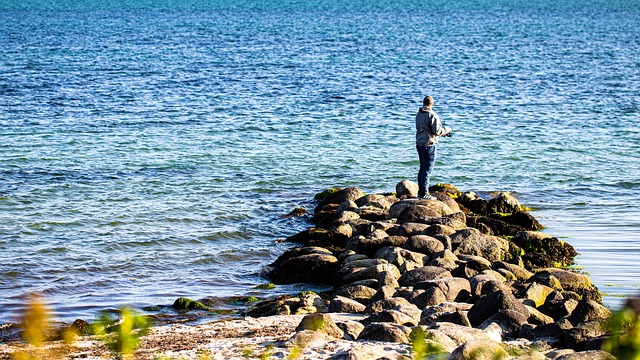
Reading water conditions is a crucial skill for fly fishermen, especially when exploring remote fishing holes. By understanding the flow and characteristics of a stream or river, anglers can pinpoint where fish might be hiding. The current’s speed, depth, and eddies play significant roles in creating habitats that attract trout, salmon, or other game fish. For instance, faster currents often form pools or riffles where fish rest and wait for prey, making these spots ideal for casting your line.
Identifying fish-holding areas requires a keen eye for detail. Look for changes in water color, sediment buildup, or vegetation growth along the shore. These visual cues can indicate deeper or calmer waters that provide safe havens for fish. Additionally, observing other anglers’ success rates in different parts of a body of water can offer valuable insights. Remember, remote fishing holes may present unique challenges, but with practice and an understanding of water dynamics, you’ll become adept at finding the perfect spots to land your catch.
Seasonal Strategies: When and Where to Find Success
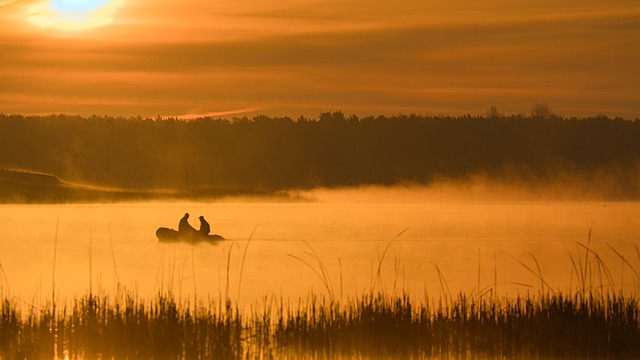
In fly fishing, understanding seasonal strategies is key to finding success at remote fishing holes. The behavior of fish changes with the seasons, influencing their movement and feeding patterns. Spring and early summer often bring a surge in insect activity, attracting trout to shallower waters where they feed voraciously. Anglers can take advantage of this by using lighter tips and flies that imitate small insects like mayflies or stoneflies.
As the season progresses, fish tend to move deeper and seek cooler water during hot days. This shift requires adjustments in tackle and fly selection. Heavier leaders and more robust equipment become necessary when targeting trout in deeper, faster-moving waters. Imitating larger prey like leeches or scuds can be effective during these times, as fish hunt for sustenance in deeper realms.

